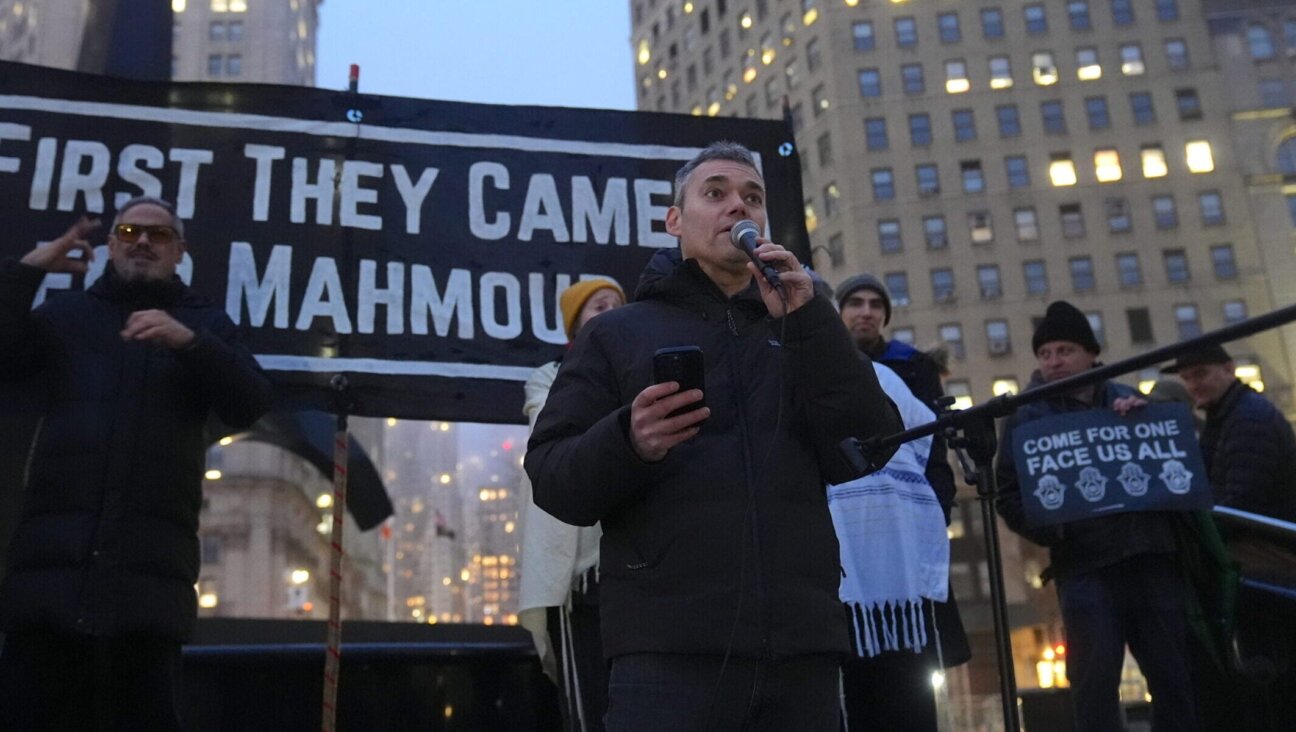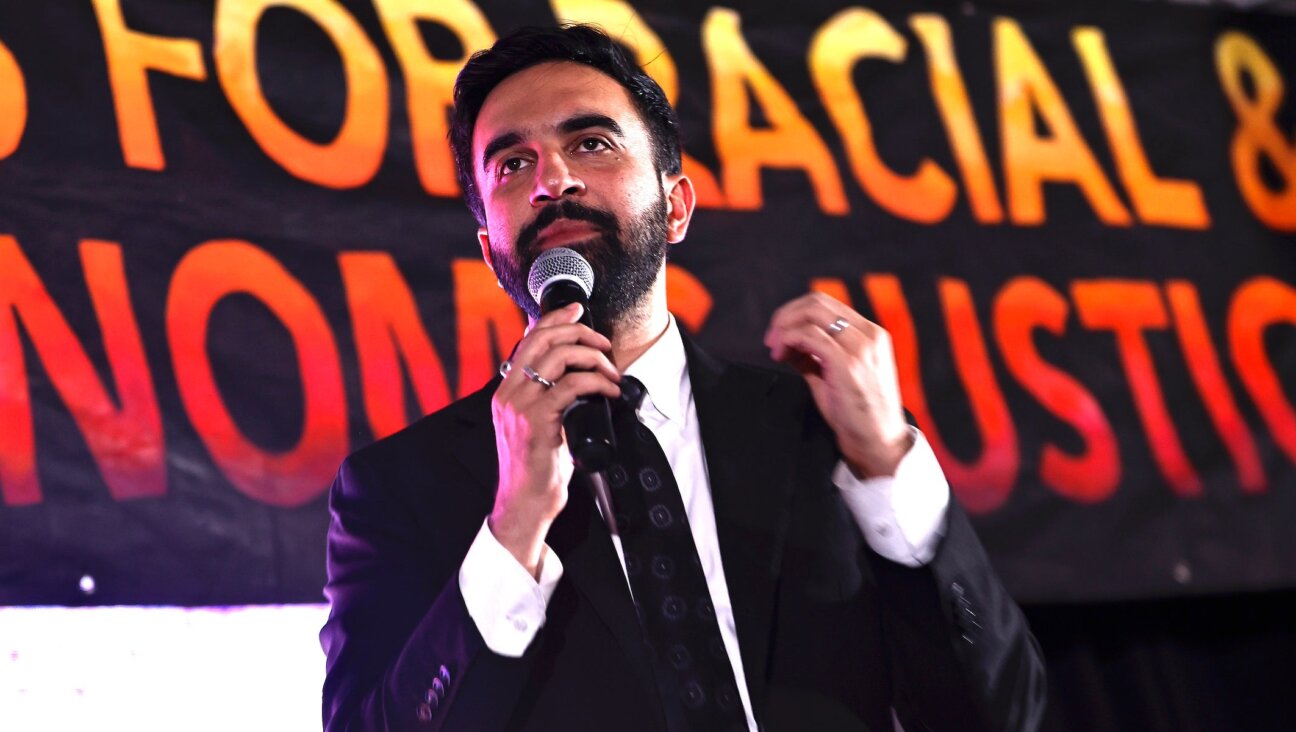Deer in the (Jewish) Headlights

Graphic by Angelie Zaslavsky
Thinkstock
Countless anxieties attended the planning for my first season farming. Losing my entire crop to deer was not among them.
Neither of the Northeastern farms where I had worked previously worried much about these herbivores. One farm was large and could keep losses from deer to a minimum with a shotgun. The other was on a main street in a semi-suburban environment where the deer pressure was fairly low. In both cases, a sort of Cold War stalemate prevailed. There were occasional border skirmishes and the requisite resort to arms. Losses were incurred on both sides, but never at catastrophic levels. The balance of power always prevailed.
But from the moment I began working our fields, I’ve gotten hints that we shouldn’t be nearly so casual. Connecticut is deer country. One of our towns gave its name to a disease borne by deer ticks. Neighbors would shoot me dubious looks when I shrugged in response to questions about my deer control strategy. Nonspecific references were made to a lost pumpkin crop a few years back.
One farmer a few towns over advised me in May to stop my planting and focus all my energies on protecting what I already had. If I had to do it all over again, he told me, I would invest in some serious fencing. I ignored him.
Even the deer tracks I’d notice each morning in our freshly plowed beds weren’t enough to light a fire. The tracks would pass by beautiful, tender green leaves that were left entirely unmolested. They were toying with me, I would say, waiting for the moment of perfect delectability before they decimated the whole crop. I didn’t really believe it was so, but somewhere in back of my mind I feared it might be.
The turning point came when my Hare Krishna farmhand, Fred, went to pick up some composted manure at a nearby supply house. After making a few trips, the woman at the store asked what we were up to. When Fred explained we were growing vegetables, the woman leaned in conspiratorially. “Did they tell you about the deer?” she asked.
That was enough to scare me straight. A few weeks later, a truck pulled up to the farm and unloaded $2,000 worth of electrified fencing. Held aloft on fiberglass rods, three strands of tape now circle the field. At night, after closing the gate and arming the solar battery, 9,000 volts of electricity pulse through them every two seconds or so.
But here’s the crazy thing — deer can easily jump six feet or more. Our top strand of electrified tape is only five feet high. The system works by baiting the deer to approach the fence and then shocking them so badly they think better of getting too close. It sounded a little crazy when the salesman explained it to me, but so far it’s working. And I’m sleeping a lot easier just knowing it’s there.
As a small farm with barely an acre currently under cultivation, a serious deer infestation could be devastating. And having committed to supplying vegetables to CSA members for another 21 weeks (two down!), I can ill afford the kind of losses even a small herd of deer could inflict. The rabbits and worms and beetles are taking enough as it is.
Growing organically means achieving a sustainable detente with the various forms of life on the farm. It’s tempting to aim for total victory. What could be more desirable than a farm entirely free of predacious animals and weeds? A lot, actually. The fact that all this wildlife wants a piece of the action is clear evidence that the food we’re growing is worth eating.
As I tell my shareholders, if those kale leaves were entirely devoid of little holes from flea beetles, that would be worrisome. Our farm teems with manifold forms of life and it would be incredibly short-sighted to try to change that. Coexistence is key — both sides give a little and get to live a lot.
Veteran JTA journalist Ben Harris is chronicling his new life as a Connecticut farmer.
















